Gathering Necessary Supplies
To clean upholstery, you will need a few supplies. Here are some of the essential items you should have on hand:
- A vacuum cleaner with upholstery attachment.
- Soft-bristled brush.
- Clean white towels.
- Distilled water.
- Mild dish soap or upholstery cleaner.
- Solvent (if the fabric allows for it).
Make sure to gather all the necessary supplies before starting the cleaning process.
Identifying Fabric Type
It's essential to identify the fabric type before cleaning upholstery. This will help you choose the right cleaning solution and avoid any damage to the fabric. Look for the manufacturer's tag on the furniture or use a fabric identifier tool to determine the type of fabric.
There are four common types of upholstery fabric:
- Natural fibers (such as cotton, linen, and wool)
- Synthetic fibers (such as polyester, nylon, and acrylic)
- Leather
- Vinyl
Each type of fabric requires a different cleaning approach. For example, natural fibers are more delicate and require a gentle approach, while synthetic fibers are more durable and can handle more robust cleaning products.
Spot Testing Cleaning Solutions
Spot testing is crucial before cleaning upholstery. This will help you avoid any damage to the fabric and ensure that the cleaning solution works effectively. Choose an inconspicuous spot on the furniture and apply the cleaning solution. Wait for a few minutes, and then blot the area with a clean white towel. If the fabric shows any signs of damage, stop using the cleaning solution immediately.
By following these pre-cleaning steps, you can ensure that your upholstery cleaning process goes smoothly and effectively.
Cleaning Techniques
Vacuuming and Brushing
Before deep cleaning your upholstery, it's essential to remove any loose dirt and debris. Vacuuming and brushing are the most effective ways to do this. Use a soft-bristled brush attachment to loosen any dirt and debris from the fabric gently. Be sure to vacuum every nook and cranny of your upholstery, paying close attention to seams, crevices, and corners.
Stain Removal
Removing stains from upholstery can be a daunting task, but with appropriate techniques, it's possible to restore the material to its original condition. When dealing with fresh stains, the first step is to blot the area gently with a clean, dry cloth. This helps to soak up as much of the spill as possible. It's important to avoid rubbing the stain, as this can work it deeper into the fabric, making it harder to remove.
For more stubborn stains, like ink, consider using a specialized upholstery cleaner or a homemade water solution and mild dish soap solution. However, before applying any cleaner to the stain, it's crucial to conduct a spot test. Choose a small, hidden area of the upholstery to ensure the cleaner doesn't cause any discoloration or damage.
By tackling stains promptly and using the right cleaning approach, you can effectively revive your upholstery without causing further damage.
Deep Cleaning Methods
Deep cleaning your upholstery is a crucial step in removing accumulated dirt and grime. There are several methods you can employ, each suited to different types of fabric:
- Steam Cleaning: This is a powerful way to eliminate dirt and bacteria. It's generally safe for most fabrics and can penetrate deeply into the upholstery, providing a thorough clean. The high temperature of the steam also helps to sanitize the fabric.
- Dry Cleaning: Ideal for delicate fabrics, dry cleaning doesn't involve water, thereby reducing the risk of shrinking or damaging sensitive materials. This method uses special chemicals to clean the fabric without saturating it.
- Shampooing: Shampooing your upholstery can be very effective, especially for tough stains and odors. However, it can be a bit labor-intensive and potentially messy. It involves applying a cleaning solution and then thoroughly rinsing and drying the upholstery.
Post-Cleaning Care
After cleaning your upholstery, it is important to take proper care of it to maintain its appearance and prolong its lifespan. Here are some tips for post-cleaning care.
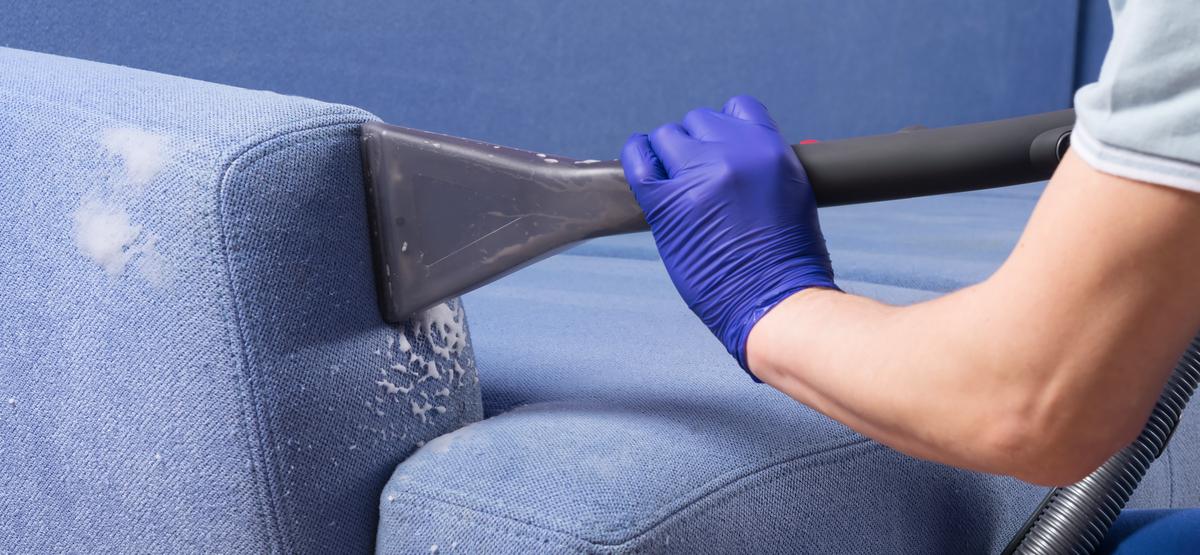
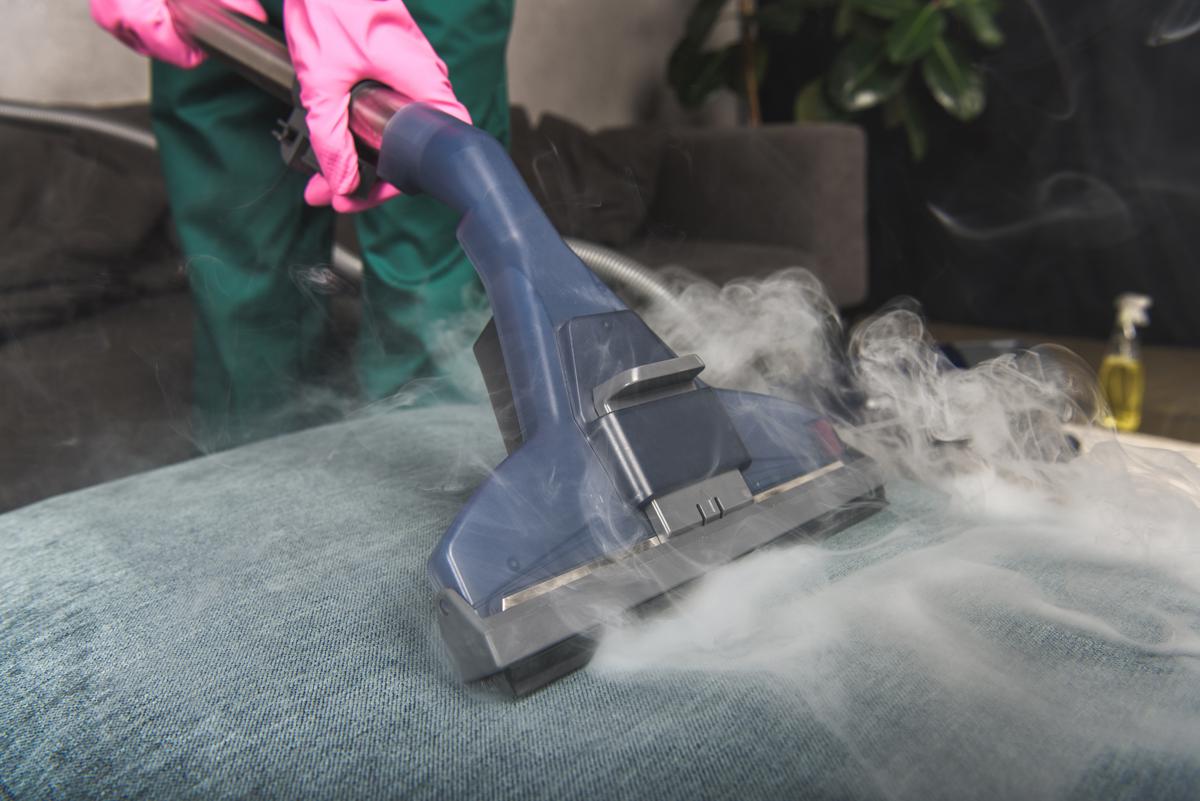
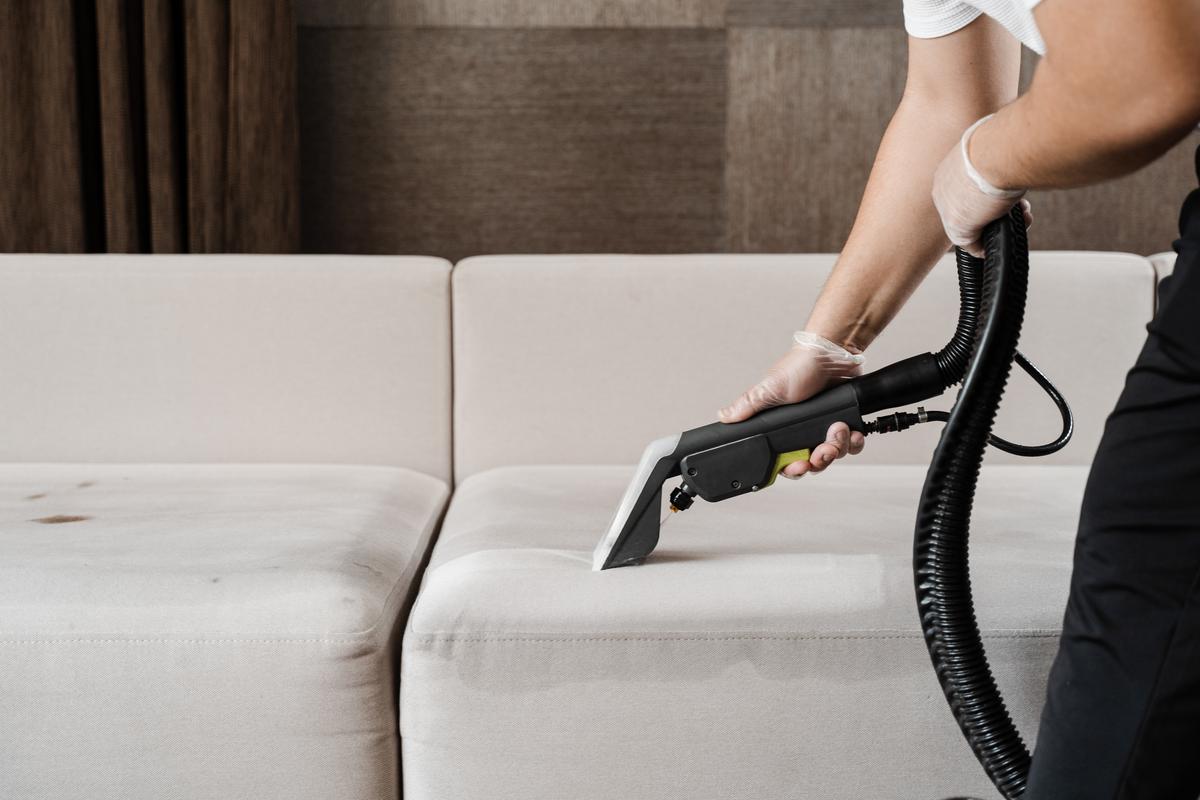


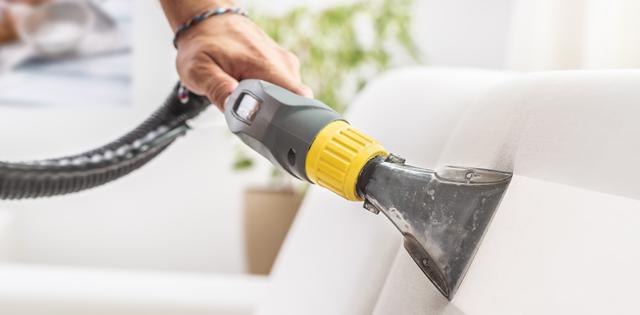
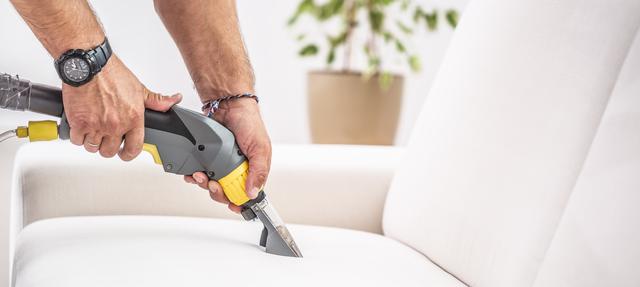


comments